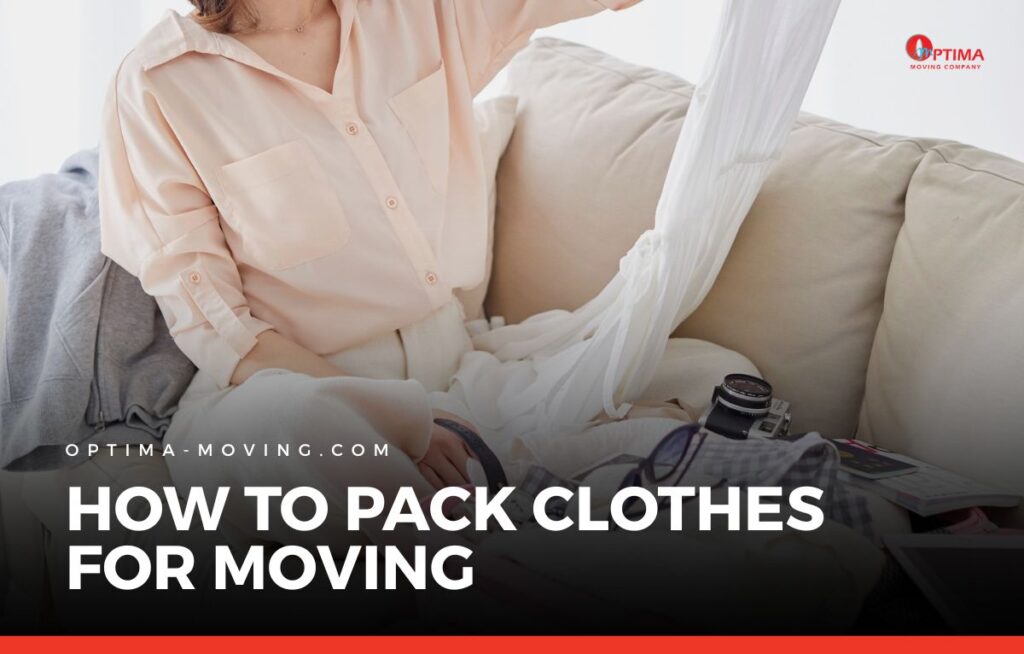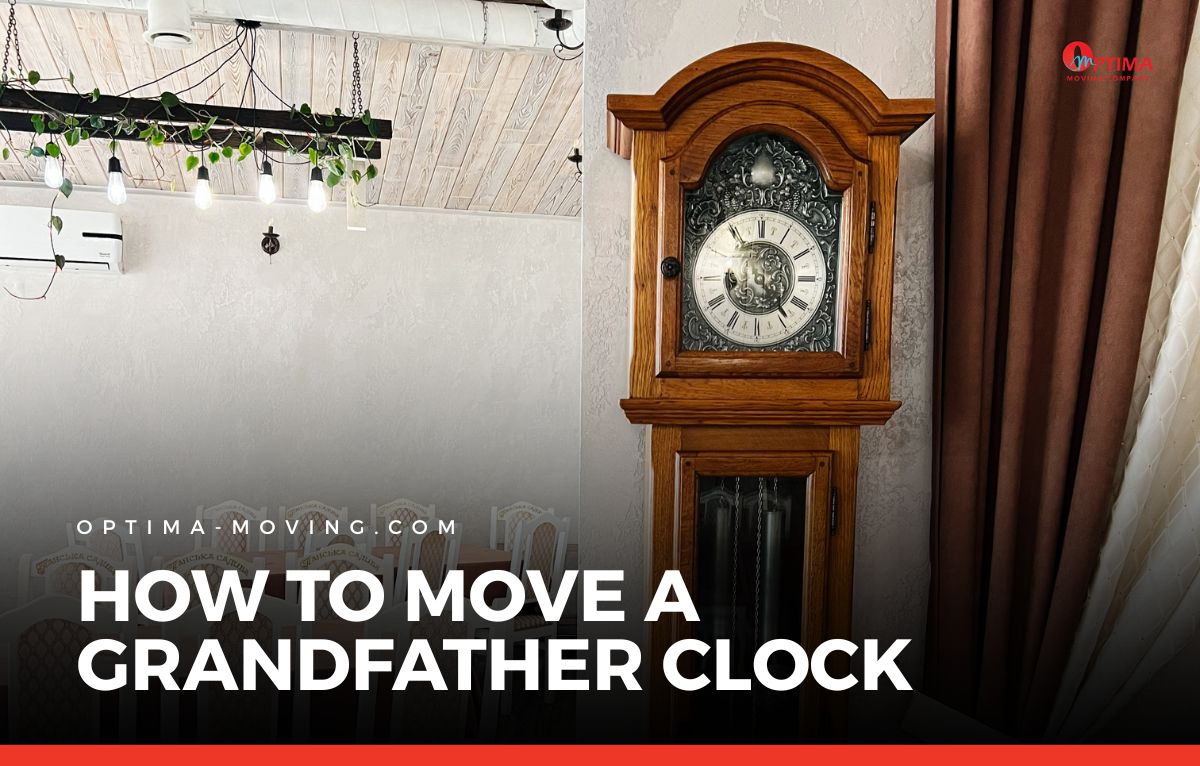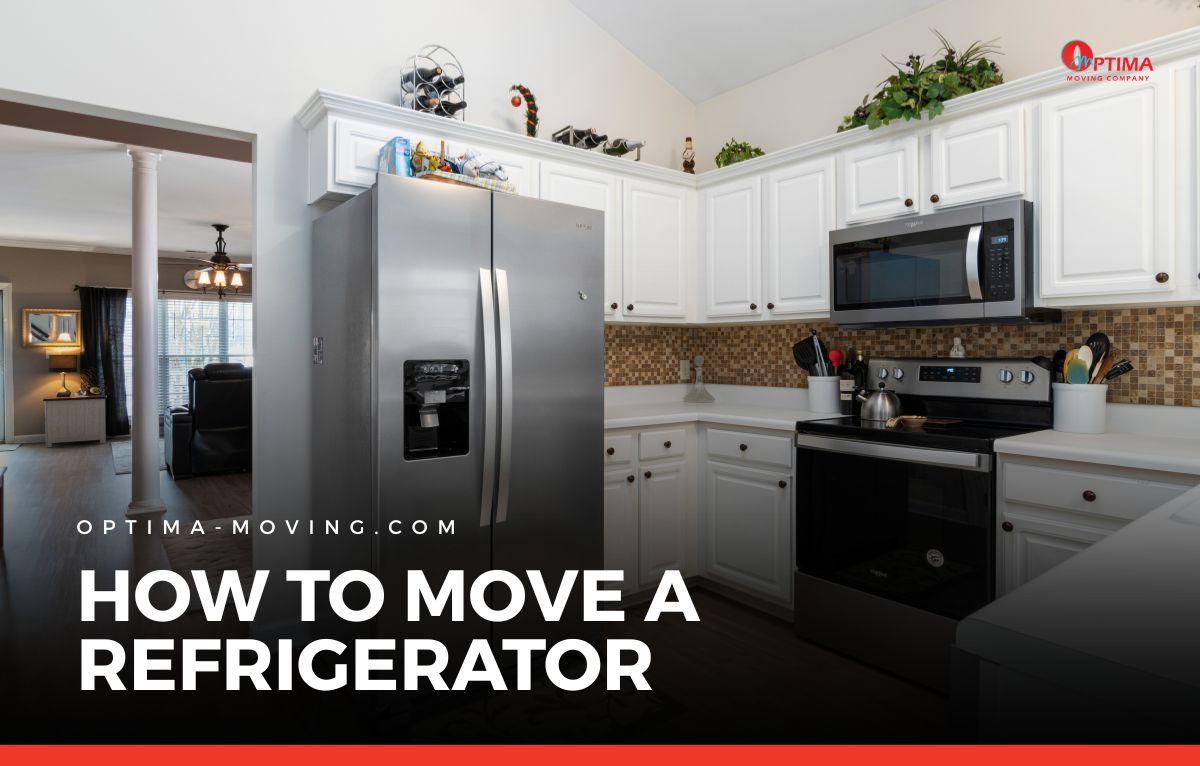Figuring out how to pack clothes for moving can feel overwhelming when you’re staring at closets and drawers full of outfits, shoes, and seasonal items.
Without a plan, clothes can wrinkle, take up too much space, or even get damaged in the process.
The good news is, with the right approach, you can make packing easier, faster, and less stressful.
By choosing the right materials and techniques, your wardrobe will arrive at your new home in good condition and ready to wear.
Why Packing Clothes Properly Matters
Clothing is often one of the last things people think about when preparing for a move, but it can quickly become one of the most time-consuming parts of the process.
Throwing clothes into boxes without a system leads to wrinkled fabrics, broken hangers, and heavier boxes than necessary.
You also risk losing track of the clothes you actually need in the first week at your new home.
Packing properly solves these problems before they start. A well-thought-out approach helps you move faster and prevents unnecessary stress when it’s time to unpack.
It also protects your investment. After all, clothes aren’t just fabric, they’re everyday essentials that you rely on for work, comfort, and personal style.
By knowing how to pack clothes for moving in an organized way, you’ll make the transition to your new space smoother.
Sort Before You Pack
Before sealing a single box, dedicate time to sorting through your clothes.
This step not only reduces the number of items you’ll need to transport but also gives you a chance to clear out what you no longer wear.
Many people are surprised at how much space they can save simply by letting go of clothes that haven’t been touched in years.
Begin by separating clothing into categories: what you wear regularly, what’s seasonal, and what you can donate.
Items you haven’t used in over a year often fall into the donation pile.
Sorting by season is especially helpful. You can pack out-of-season clothing first since you won’t need it immediately after moving.
Everyday wear, on the other hand, should be kept close in a bag or suitcase so you’re not scrambling through boxes during your first few days in the new place.
Packing Clothes on Hangers
Keeping clothes on hangers is one of the easiest and most efficient ways to move them. This method saves you from ironing and makes setting up your closet at your new home much faster. There are two reliable approaches.
Wardrobe boxes are designed specifically for this purpose. They’re tall, come with a metal hanging bar, and can hold dresses, coats, or suits without causing damage.
While they’re an added expense, they keep clothes protected and make unpacking almost effortless.
For a more budget-friendly solution, group 10 to 12 hanging items together and cover them with a large garbage bag.
Tie the bag at the bottom, and you’ll have a makeshift garment bag that keeps clothes together and clean during the move.
Folding Clothes for Boxes and Bins
Not all clothes are suitable for hangers. Everyday items like T-shirts, jeans, sleepwear, and workout gear are better folded and placed in boxes or bins.
Folding neatly saves space, but rolling clothes can be even more effective.
Rolled clothes take up less room, are easier to organize, and reduce wrinkles.
When filling boxes, it’s a good idea to place heavier items such as jeans or sweaters at the bottom.
Lighter items like shirts can sit on top, which makes carrying the box easier. Smaller boxes work best for heavier clothing so that they don’t become unmanageable.
To avoid wasted space, fill small gaps with socks, scarves, or undergarments.
These details might seem minor, but they make unpacking much simpler because everything has its place.
Using Suitcases, Shoes, and Space-Saving Hacks
Suitcases and duffel bags are often overlooked when people plan how to move clothes, yet they’re perfectly suited for the task.
A hard-shell suitcase is ideal for delicate fabrics or accessories, while duffel bags can hold shoes or casual wear.
Consider packing a “first-week” bag that includes enough clothing, sleepwear, and daily essentials to carry you through the first several days at your new home.
That way, you won’t feel pressured to unpack everything immediately.
Shoes deserve special attention too. Stuffing them into a box without protection often leads to scuffs and misshapen forms.
Wrapping shoes in packing paper or using cloth bags helps, but if you don’t have either, socks can double as fillers to maintain shape. Always pack shoes at the bottom of bags or boxes so they don’t crush clothing.
If you’re tight on space, try these simple hacks:
- Vacuum-sealed bags: Perfect for jackets, coats, and sweaters, they shrink bulkier clothing down to a fraction of the size.
- Drawer-to-box method: Keep clothing inside dresser drawers and wrap the drawers with plastic wrap, saving time and extra boxes.
- Rolling instead of folding: A quick way to fit more into a suitcase or bin while cutting down on wrinkles.
These small adjustments can save valuable space and help protect your wardrobe during the move.
Common Mistakes to Avoid When Packing Clothes
Even with good intentions, packing clothes can go wrong if you rush or skip steps. One common mistake is overstuffing boxes. Heavy boxes not only risk tearing but also create unnecessary strain when lifting.
Another issue is treating all clothing the same. Delicate fabrics like silk or wool need extra care, such as being wrapped in tissue paper or packed separately to avoid damage.
Many people also wait until the very last minute to pack clothes. This leaves no time to sort properly and often results in a messy mix of items in random boxes.
Planning ahead and setting aside clothing you’ll need immediately after the move can prevent this.
Avoiding these mistakes will keep your wardrobe organized and reduce headaches when you’re settling into your new space.
Keep Clothes Safe and Organized During Your Move
At the end of the day, learning how to pack clothes for moving comes down to preparation and practicality.
Sorting your wardrobe, choosing the right method—hangers, boxes, or suitcases—and avoiding common mistakes will help you save time and stress.
Clothes are an everyday necessity, so protecting them during a move is just as important as securing fragile items.
If you want peace of mind and professional support, Optima Moving offers reliable moving services in Maryland and beyond.
With the right tools and expertise, they’ll make sure your belongings, including your clothes, reach your new home safely and in good condition.




